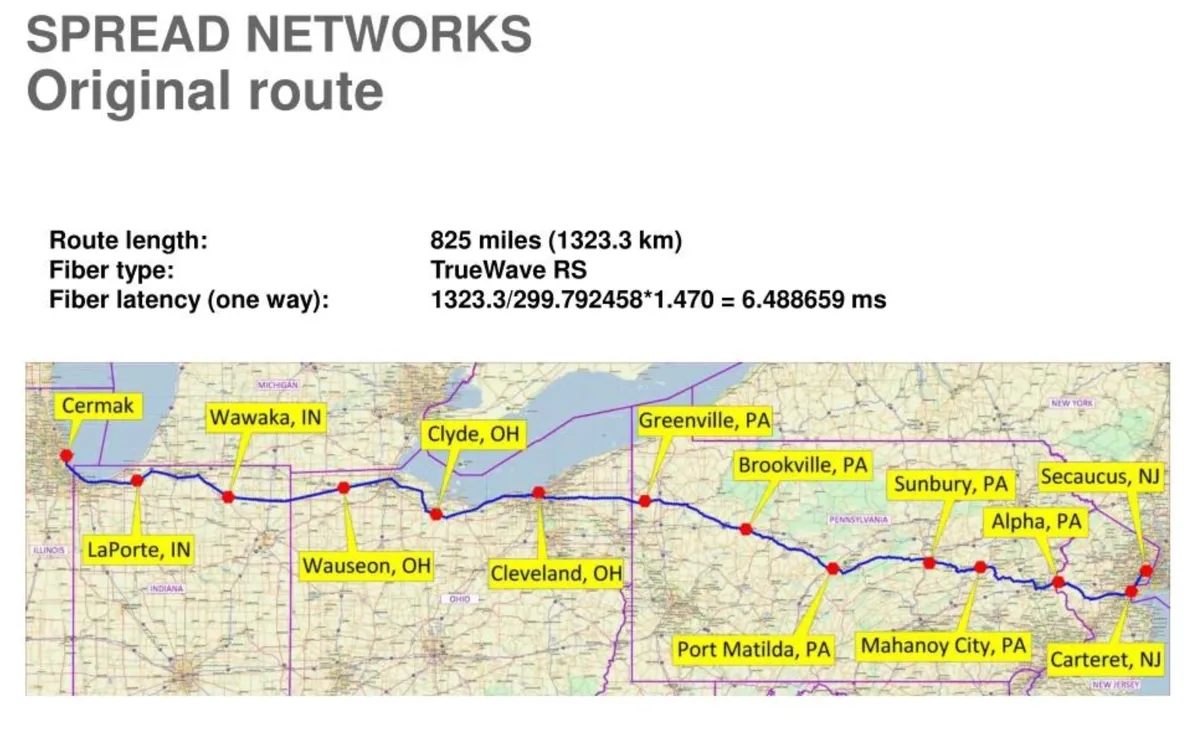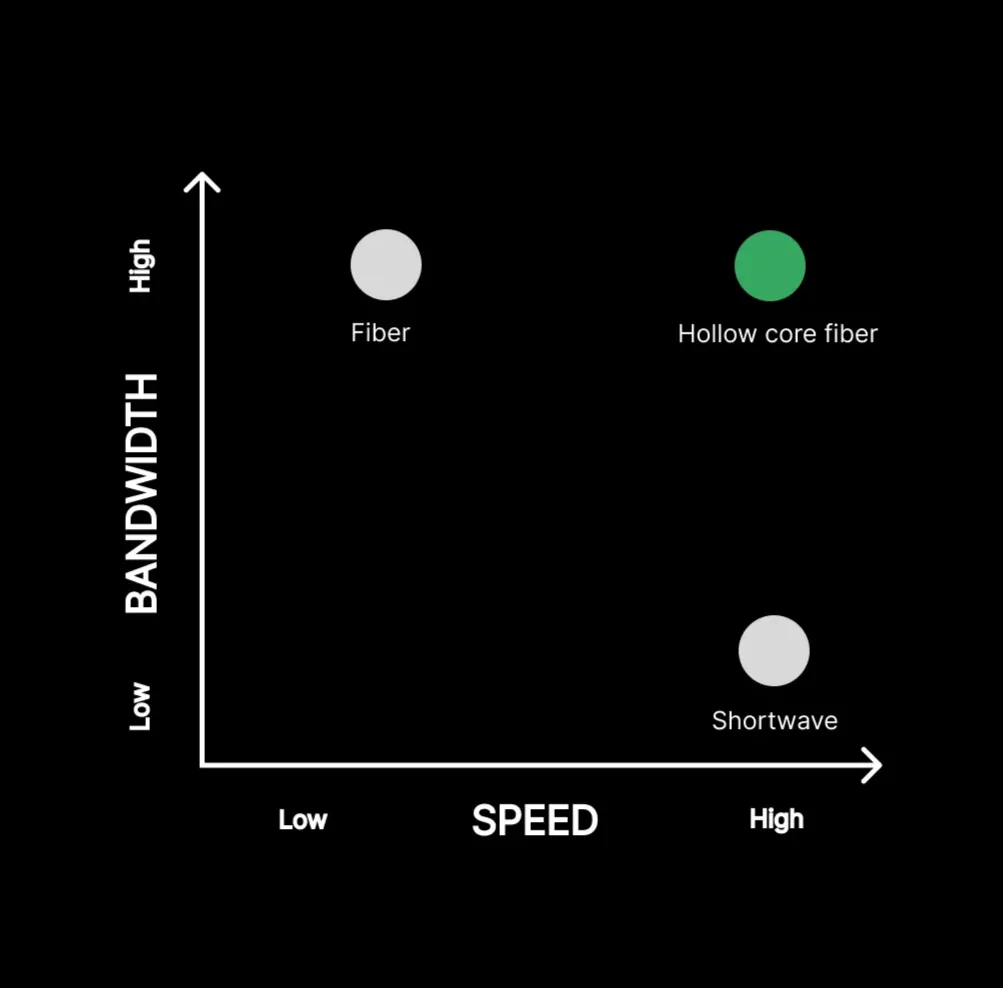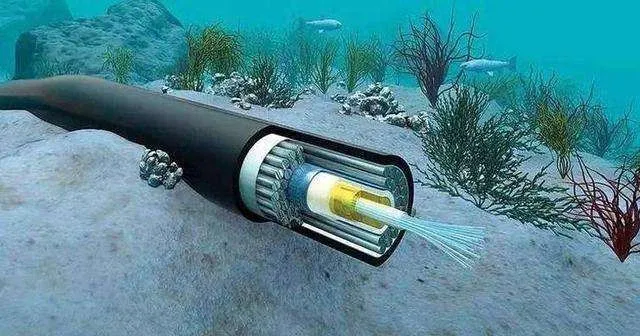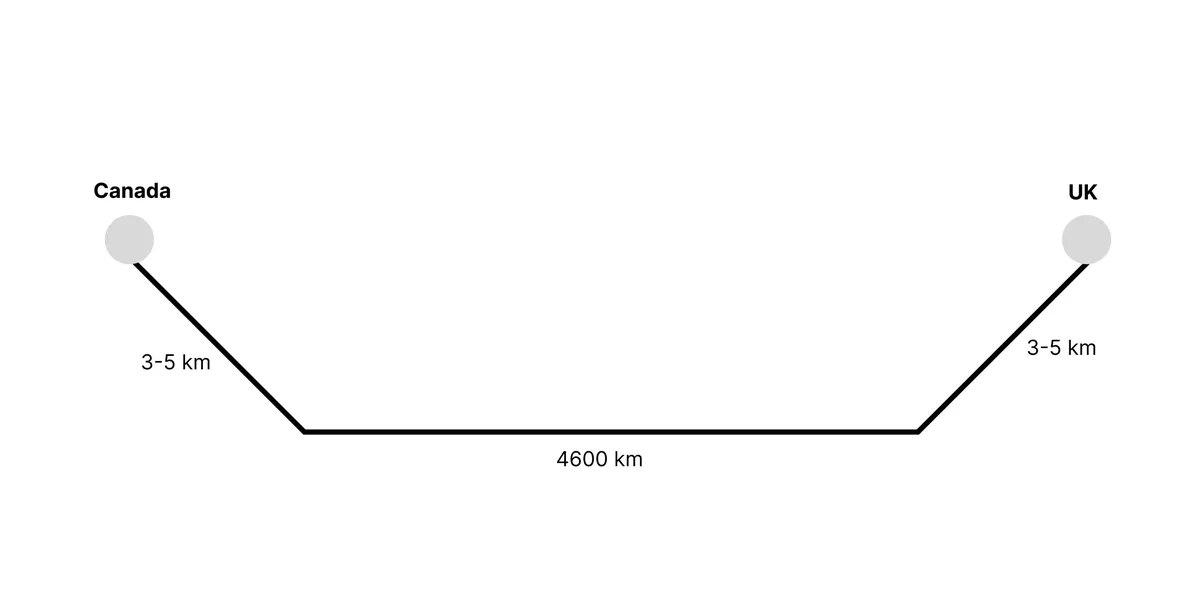Microseconds Matter: How Wall St Crosses the Atlantic
The world of finance is obsessed with speed. The faster you get information, the faster you act on it and the higher your PNL.
Imagine the CME in Chicago releases an unexpected economic number (say, U.S. jobless claims). Futures on the S&P 500 react instantly in Chicago. But stocks tied to the S&P (like big tech names) trade in New Jersey exchanges.
If your fiber line is 3 ms faster, your system can:
- See futures spike in Chicago.
- Send a buy order for Apple shares in New Jersey before slower competitors’ orders arrive.
- Capture the price before it adjusts to the new information.
That latency edge turns directly into risk-free arbitrage profit.
The development of Spread Networks’ fiber optic route exemplifies the need for latency best. Fiber optic routes that connect Chicago and New Jersey already exists before Spread. However, they were not fast enough because they had to follow existing road/cable networks. This meant they were not as straight as they could be. Spread Networks invested a total of $300M to develop their own private line, as straight as they could get it to be, and with the newest networking tech (at the time).
With this $300m investment, they were able to cut the Chicago-New Jersey round-trip latency from about **16 ms to 13 ms**, so roughly a **3 millisecond savings**. This is $100m every 1 ms of latency. Nice. However, a lot of this development was nullified by the use of terrestrial microwave networks, though I’d save that for another blog post.

The Trans-Atlantic Problem
Now that we know trading firms care about reducing latency, how do they currently send data from New York to London? There are two main ways:
- Fiber optic cables
- Shortwave radio
This is how I view the landscape of trans-Atlantic communications for HFT:

I will now cover each of the technologies one-by-one.
Subsea Fiber Optic
Let’s talk about fiber optics again. London-NY are currently connected by subsea fiber optic cables. The AI slop generation of it looks like this:

This time, they are as straight as they can get (following the geodesic), because the subsea cable installers don’t have to acquire the land underneath. Perfect.
The fastest one that HFT firms use right now is Hibernia Express, which they pay millions of dollars a year for the privilege to send data through it. Pic below:

With the EXA Express, you can achieve 58.55ms of round-trip latency. So one way latency is roughly 29.275ms. This is strange right? Why is it so slow? ~30ms may sound fast (100ms for you to blink your eye), but it feels like a lifetime for computers.
There are a couple reasons:
- Most importantly, fiber optic cables have a refractive index of 1.5, so light can only travel at 67% of c. Light always travels slower across a medium.
- Repeaters, transmitters, and other networking equipment add to the overall latency. Also, beyond just the subsea cable, you have to care about the backhaul fiber network when you hit the land. All of that adds up.
- Negligible, but you need to go 5km down to the sea bed each side, which increases the length of the cable. Looks like this:

But fiber optic cables are great right? You get to transmit data at a high bandwidth, your line is reliable, it’s generally quick too.
Unfortunately, it’s STILL too slow. We need our signals to be moving at the speed of light. Here we need to get rid of the use of fiber optic cables entirely since the medium is capping the transmission speed.
HFT firms have two other options:
- Hollow core fiber (future tech)
- Shortwave radio
Hollow Core Fiber
Hollow core fiber is essentially what its name says it is. You have a cable that has a hollow core, and you beam a continuous wave laser travel across the cable. The light bounces off the walls of the cable and comes out at the other end of it.

This means that rather than light traveling at 67% of c, it would travel at c itself, since it is unencumbered by the medium itself.
Hollow core fiber would solve most of our problems, but it is still in the stage of development and is not mainstream yet in telecommunications. I will probably give it 10 more years for it to be strewn across ocean floors like single mode fiber. Microsoft Azure seems to be leading the race for HCF.
Shortwave Radio
Now we get to shortwave radio. A lot of the work that HFT firms have been doing on this is experimental and growing. Basically, shortwave radio is really APPEALING. You would send data using RF at the 2 MHz to 25 MHz frequencies over the Atlantic, and it would propagate at the speed of light.
RF engineers realized early on that at these lower frequencies, waves don’t just travel in straight lines like microwaves or fiber, they refract off the ionosphere.

Because of this, a shortwave signal across the Atlantic does not take a straight path. Instead, it propagates in multiple “hops” between the ionosphere and the Earth’s surface, creating a stair-step pattern rather than a clean parabola.
Okay nice, we get to send a signal that bypasses the curvature of Earth, but what’s the drawback? Shortwave over long distances has SEVERE bandwidth problems. For a sub-band, it is only able to accommodate a maximum of single-digits kbps of data rate. This is far less data than is required for a production trading system.
To stream the L2 depth data of a SINGLE ticker (e.g. AAPL), you’d need at least 100-300 kbps of data rate. Streaming this data via shortwave radio is just not viable, so this communication channel is reserved purely for trading signals and top-of-book data.
This sounds all bad, but trading firms are still investing into their shortwave capabilities. In 2023, a group of HFT firms created a coalition to petition the FCC to modernize the rules for the 2-25 MHz shortwave spectrum. Expect bandwidth capabilities to improve for shortwave communication for trading firms.
Conclusion
To send a packet from New York to London, trading firms would primarily use subsea fiber optic cables. Secondarily, they would send only important signals with shortwave radio, which would have lower latencies.
There is however, a third method that is not discussed as much, which I will share more in my next blog post. Starts with an ‘s’ and ends with ‘atellites’.